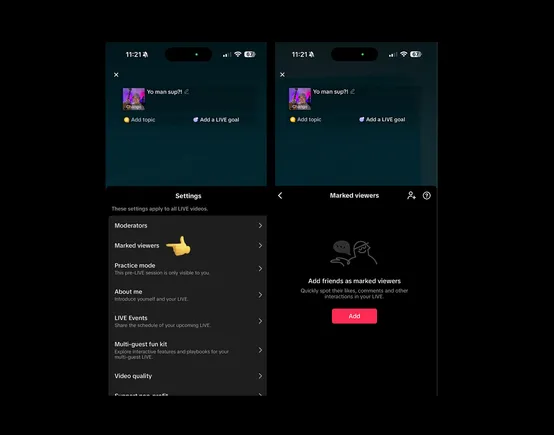Four Pillars of AI Prompting by OpenAI’s President Greg Brockman —Master AI Like a Pro!
Artificial Intelligence (AI) is a powerful tool, but to get the best results, you need to ask the right questions in the right way. OpenAI's president


Artificial Intelligence (AI) is a powerful tool, but to get the best results, you need to ask the right questions in the right way. OpenAI's president, Greg Brockman, recently shared a game-changing framework for crafting the perfect AI prompt. Originally developed by Ben Hylak, this four-step method ensures clear, precise, and optimised responses from AI models.
Whether you’re using AI for research, content creation, or business insights, this structured approach eliminates vague responses and maximises efficiency. Let’s break it down.
The Four Pillars of a Perfect AI Prompt
1. Defining the Goal: Clarity is Key
The first and most crucial step in writing an AI prompt is to be specific about your objective. AI thrives on clarity—vague requests lead to vague answers.
Example Request (Too Vague):
❌ "Tell me about coffee."
This could lead to an overwhelming amount of generic information. Instead, make your goal clear:
✅ "I want a comparison of Arabica and Robusta coffee beans, highlighting their taste, caffeine content, and best brewing methods."
A well-defined goal ensures that the AI filters out unnecessary details and provides a focused, relevant response.
2. Specifying the Return Format: Get Responses the Way You Want
AI can present information in various ways—paragraphs, bullet points, tables, or even code snippets. If you don’t specify, you might receive an answer that doesn’t match your needs.
Example Request Without Format:
❌ "Compare Arabica and Robusta coffee beans."
This might result in a long, unstructured response. Instead, define the format:
✅ "Provide the comparison in a table format with three columns: Coffee Bean Type, Key Characteristics, and Recommended Brewing Method."



![How to Find Low-Competition Keywords with Semrush [Super Easy]](https://static.semrush.com/blog/uploads/media/73/62/7362f16fb9e460b6d58ccc09b4a048b6/how-to-find-low-competition-keywords-sm.png)



























































































































































































